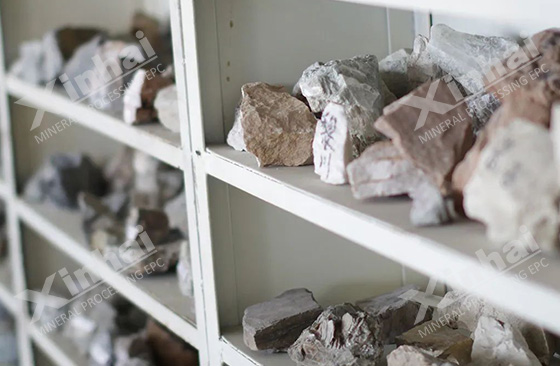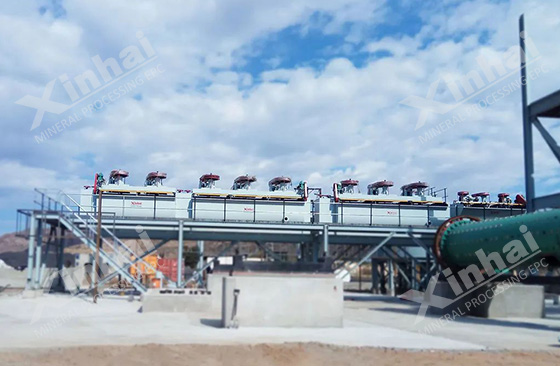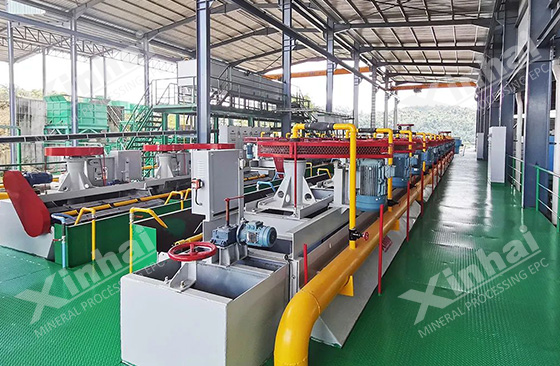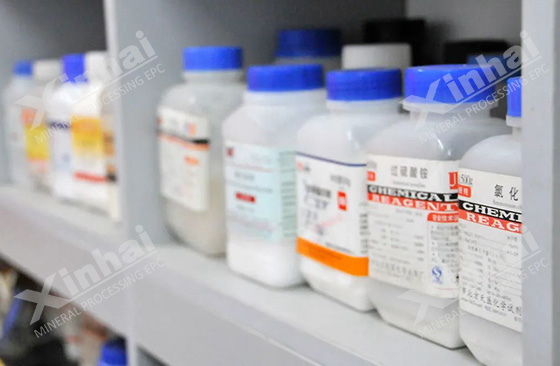
Tin minerals have a relatively high density, and bulk tin minerals can be easily recovered through traditional gravity separation processes. However, due to the fragility of tin minerals, over-crushing easily occurs in the grinding process, resulting in the loss of most of the fine-grained tin minerals in the tailings. In the recovery of tin ore, flotation is an effective means to recover fine-grained tin minerals and reduce the loss of tin metal. This article will take you to understand the factors that affect the flotation of tin ore: pH value, particle-bubble interaction, metal ions and flotation reagents, to help you solve the problem of tin mineral recovery.

Under different pH conditions, the recovery of tin minerals varies greatly. In the process of increasing pH value, the adsorption amount of tin minerals to collectors gradually changed, and the recovery first increased and then decreased. The adsorption of tin minerals to collectors reaches its peak in the pH range of 3–5. Therefore, controlling the pH value in the range of 3-5 is more suitable for the recovery of fine-grained tin minerals. According to the change of chemical combination, the suitable pH value range may change, which should be determined through mineral processing test.
During the adhesion process between the bubbles and the tin minerals, the bubbles and the tin mineral particles approach each other and collide, and the bubbles can only capture the tin mineral particles after multiple collisions. Appropriately reducing the bubble diameter can increase the probability of bubbles colliding with mineral particles, making it easier for fine-grained tin mineral particles to attach to the bubbles, making the mineralization process easier and improving the recovery of tin minerals.

According to different pharmaceutical systems, the matching range of tin minerals and air bubbles is different. According to the research results, in the system using salicylic hydroxamic acid and tributyl phosphate as collectors, tin mineral particles in three particle sizes of –10μm, The bubble size matches around 69μm. In the system using MOS reagent as collector, the bubble sizes matched by the four tin mineral particle sizes of –10μm , –20+10μm , –38+20μm and –74+38μm are 69μm , 69μm , 45–59μm , 69μm .
Tin minerals are often associated with other metal minerals, and due to other mechanical effects such as crushing and grinding and mineral dissolution, the flotation pulp often contains other metal ions. These metal ions often act on the surface of tin minerals through electrostatic interaction or chemical reaction, affecting the flotation of tin minerals. Among them, the metal ions that have a greater impact include iron ions, copper ions, calcium ions, lead ions, and magnesium ions.

Calcium ions, copper ions, iron ions, and magnesium ions all have an inhibitory effect on tin minerals. However, lead ions can activate the flotation of tin minerals in the range of pH 2-7.5, and inhibit the recovery of tin minerals in the range of 7.5-12. Among them, the intensity of inhibition is magnesium ion, copper ion, iron ion and calcium ion in order. In actual production, according to the mineral composition of tin ore, the appropriate combination of agents should be selected through mineral processing tests to reduce the impact of metal ions on tin ore recovery.
Flotation agents play a key role in the flotation of fine-grained tin ore. Tin minerals have poor natural floatability and high density, so tin ore collectors are required to have stable and selective adsorption, generally anion collectors, such as fatty acids, phosphonic acids, arsine acids, and hydroxamic acids wait. In order to improve the adaptability of flotation reagents to the flotation of tin minerals, combined reagents are often used for flotation.
It is difficult to effectively separate tin minerals from other minerals only by collectors. It is also necessary to add suitable regulators to optimize the slurry environment, activate tin minerals and inhibit gangue minerals to obtain ideal flotation results.

The above are the four factors affecting the flotation of tin mineral. In actual production, due to the complexity of tin mineral flotation, many factors need to be considered. It is recommended to conduct a beneficiation test before building a tin ore concentrator, and formulate a scientific and reasonable tin ore flotation solution based on the test results to reduce tin minerals. loss, improve economic efficiency, and achieve the purpose of rational utilization of resources.
To find out more about our products and solutions, please fill out the form below and one of our experts will get back to you shortly.